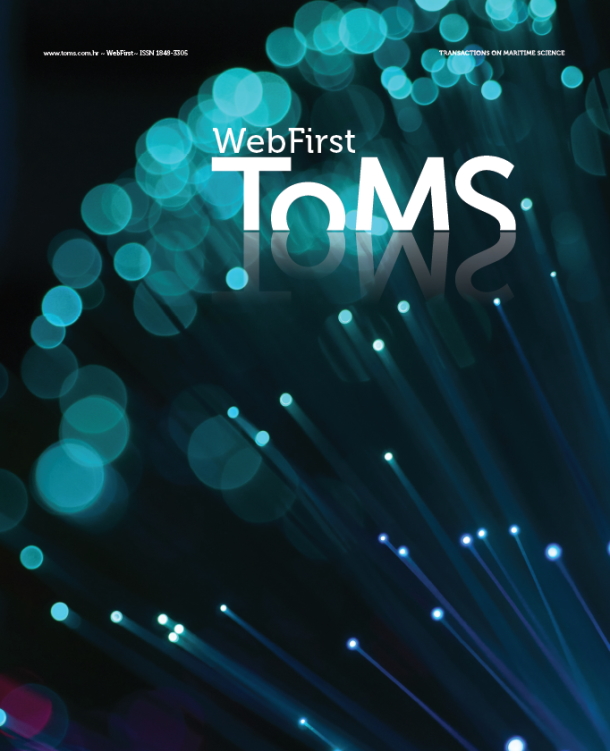Quantification of the Seabed Acoustic Backscatter from a Single-Beam Echosounder Using Sonar5-Pro
DOI:
https://doi.org/10.7225/toms.v14.n01.009Keywords:
Acoustic backscatter, Attack and decay phase, Bottom detection, Bottom peak, Simrad EK15, Sonar5-Pro softwareAbstract
The aim of this study was to quantify and analyze the acoustic backscatter energy reflected from different types of seabeds, including bare sand, seagrass sand, hard corals (massive, branched, and rubble) and soft corals. The acoustic backscatter energy recording was carried out in stationary position using a Simrad EK15 single-beam echo sounder with a frequency of 200 kHz by placing the transducer in a pipe frame. Sonar5-Pro software was used to quantify the acoustic backscatter energy of the seabed and export it for further analysis. The results show that the acoustic backscatter energy differs depending on the type of seabed, e.g. bottom detection energy, bottom peak, attack energy (indicating the hardness of the seabed), decay energy (indicating the roughness of the seabed) and cumulative energy. The acoustic backscattered sound energy decreased at the second and third echo. There are differences in the acoustic wave propagation patterns between different types of seabed, which are reflected in the echo envelope curve, especially in the decay phase, which is highly dependent on the roughness of the seabed surface. Shallow sand forms a curve with a sharper and narrower slope in the decay phase, while corals form a broad curve in the decay phase. The different types of stony corals also show considerable differences in acoustic energy during the decay phase. Massive corals (CM) form broad curves in the decay phase near the top of the echo, while branching corals (ACT and ACB) are at the lower end of the curve. Similarly, the presence of seagrass on the surface affects the hardness level and lowers the energy of bottom detection. Overall, bare sand consistently exhibited a higher bottom peak and attack energy. However, massive corals (CM) have higher bottom detection and decay energy than other seabed types. The difference in acoustic backscatter energy may provide information about seabed characteristics.
Downloads
Published
How to Cite
Issue
Section
License
Copyright (c) 2025 Transactions on Maritime Science

This work is licensed under a Creative Commons Attribution 4.0 International License.













